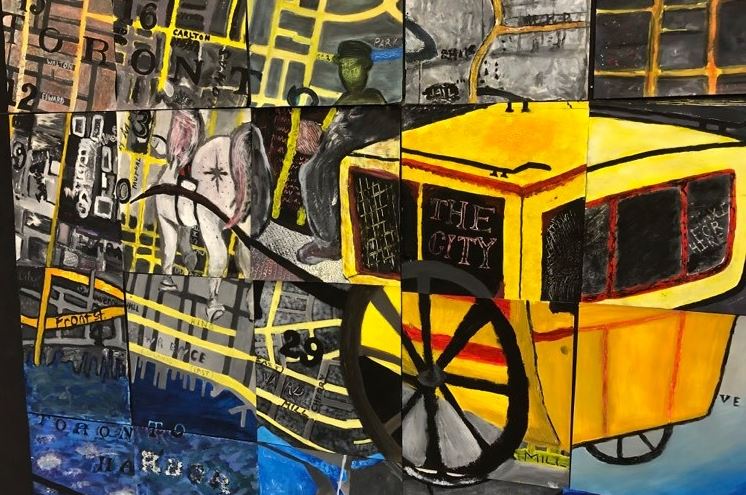Thornton and Lucie Blackburn escaped slavery in the United States twice. The story of their lifelong resistance to racial oppression — culminating in the “Blackburn riots of 1833” — continued to play out in Toronto, giving this husband and wife a prominent role in Toronto‘s history as a terminus of the famous Underground Railroad.

It’s a story that became an obsession for Karolyn Smardz Frost, a Canadian historian, archaeologist and professor of history. She led the first Underground Railroad excavation in Canada in 1985 at the corner of Sackville Street and Eastern Avenue and where the Blackburns lived for nearly 50 years.
After 20 years of research, Frost wrote the 2007 Governor General’s literary award-winning book, I’ve got a home in glory land: A lost tale of the Underground Railroad.
“These two young people, in search of freedom, changed history in both the United States and Canada,” said Frost.
After a couple of years of employment as a waiter in the benchers’ dining room at Osgoode Hall, Thornton decided Toronto needed a new method of public transportation.
He and Lucie set out to create Toronto’s first taxicab, which Thornton named “The City.”

Get daily National news
The horse-drawn cab was painted red and yellow and can be seen in a painting of King Street in the 1850s by John Gillespie, which is in the ROM collections. The only known photo of Thornton’s taxi is a black and white photograph taken in the 1890s in front of Scadding Cabin.
The Blackburns did well with their taxi business and would go on to build six other homes north of Osgoode Hall, then called St. John’s Ward. They rented the houses out for $10 a year to family after family of incoming refugees who had escaped American slavery.
“This was their way of giving back,” said Frost.
The couple also contributed to the building of Little Trinity Church, Toronto’s oldest standing Anglican church. It is located at 425 King St. E.
In 1851, Lucie and Thornton attended the “Convention of Colored Freemen” at Toronto’s St. Lawrence Hall.
“We believe there were between 30,000 and 40,000 people that came all together in the years of the Underground Railroad — many of them with no help at all,” said Frost.
“About 10,000 came between 1850 and 1860 … so, this convention was held to discuss what to do to best to help those people and Thornton was a delegate (at) the convention.”
Thornton and Lucie Blackburn were designated “persons of national historic significance” by the Government of Canada in 1999.
In the epilogue of Frost’s book, she wrote about the couple.
“The Blackburns’ path to liberty had been neither smooth nor straight. But every American slave who found refuge in Canada before the Civil War had reason to be thankful to Thornton and Lucie Blackburn,” wrote Frost.
“The decisions they made, and the adventures they shared on the difficult road north, helped make for a safe home for runaway slaves at the end of the Underground Railroad.”








Comments